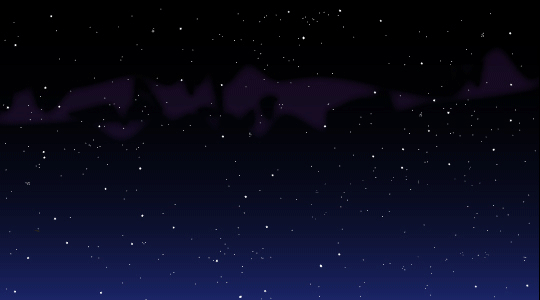
Get the blanket, maybe a couple of muchies, add friends and family and settle in for a meteor-gazing party. No telescope needed.
The Delta Aquarids have been shooting across the sky since mid-July and continue to mid-August but now is a good time to watch for them because moonlight won’t interfere.
But don’t worry if you catch only a couple of these “shooting stars.” The best summer meteorite shower comes when the abundant Perseids peak the night of Aug. 12 into early morning of Aug. 13. However, the moon, which will be nearly full, won’t be cooperating then because of its bright light.
If you see meteors apparently coming from two different directions you are likely catching some of both the Aquarids and the Perseids because the two meteor showers overlap the beginning of August.
Delta Aquids
Although this meteor shower is best in the Southern Hemisphere it can also be viewed through the Mid-Northern Hemisphere where it’s possible to see from 10 to 20 meteors per hour. For a good explanation of meteors and meteorites visit NASA.
The Aquids emanate, as the name implies, from somewhere in the Aquarius Constellation.
Earth Sky is a good resource for getting to know the Delta Aquids.
Perseids
Although best viewed in the Northern Hemisphere, the Perseids can still be seen to the Mid Southern Hemisphere.
The Perseids, named for the Perseus Constellation, are debris from the Comet Swift-Tuttle. When the earth passes through the comet’s densest part Aug. 12-13 it’s possible to see 60 to 100 meteors per hour or more.
A good resource for Perseids is Space.com.
